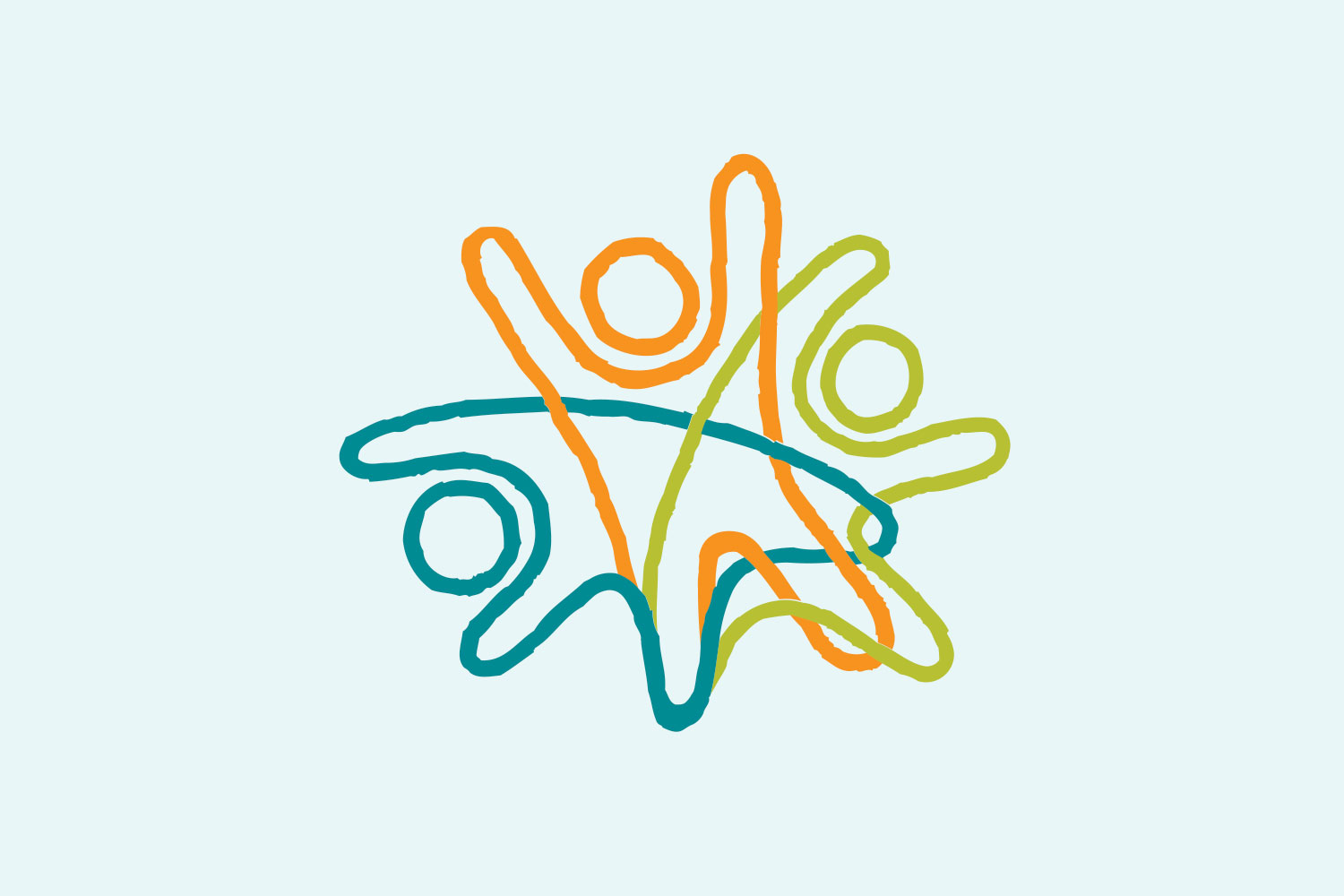The new school year is upon us! While there is still uncertainty about what that might look like in the era of the coronavirus, many school districts throughout the country are discussing plans to reopen this fall. And with the coming school year, your child will have an opportunity to revisit one of the joys (and challenges) of childhood –friendships. This time can be a great opportunity to help your child think of ways to Serve Others (Asset #9) and see themselves as a positive contributor or Resource (Asset #8: Youth as Resource) to the greater community where they reside.
Some kids look forward to seeing their friends. Others dread the friendship drama and some of the difficult feelings and fears related to friendships. Typically, over the summer months a few friendships are lost and new ones are formed. This year, though, has offered unique challenges and dynamics to friendships. In fact, many kids have experienced an increase in feelings of loneliness. Re‐establishing healthy friendships or forming new ones is an important task for these children.
Friendships are a key part of a child’s development. Experiences and relationships contribute to the building of perceptions, and perceptions help build beliefs. As a result, friends can have a significant impact on a child’s central core beliefs. Friends can lead us toward growth, connection, and personal improvement. Others can lead to distraction and emotional pain. In fact, friends impact three of the developmental core needs we all have: a sense of belonging, a sense of worth, and a sense of competence. These three areas have a big impact on identity discovery and formation.
So, how can parents help their children with friendships? At the end of every movie, there are acknowledgments of all the people who had a hand in the making of that film – the “rolling credits.” In the same way, we all have people in our lives who have contributed to our growth (Asset #3: Other Adult Relationships). If our lives were a movie, these people would be in our credits.
Be intentional and help your kids identify those friends that are deserving to be their a part of their rolling credits (Asset #15: Positive Peer Influence). You can talk about your own rolling credits to help your child learn how others influenced your life, how that has played out, and what you have learned. For kids who are little older, help them set a vision to become contributors in other people’s lives (their story) rather than consumers. This activity strengthens Asset #8: Youth as Resources and help your child understand their role in the community and how it can impact those around them for the better. They can be an amazingly positive influence on others, but they can also be quite negative. With younger kids, provide examples and opportunities to be contributors rather than consumers in the home and in their times playing with other kids – its never too early to teach your child to be a positive resource (Asset #8).
Also, talk about what friendships your child could pursue and which ones may need to have extra boundaries or may need to end this school year, and why. We can learn a lot about life and ourselves from the friendships we choose. And there is a lot of room to become contributors rather than consumers in other people’s lives. Help your children become the former this school year and to become aware of how they are influenced and influencing friends around them.
